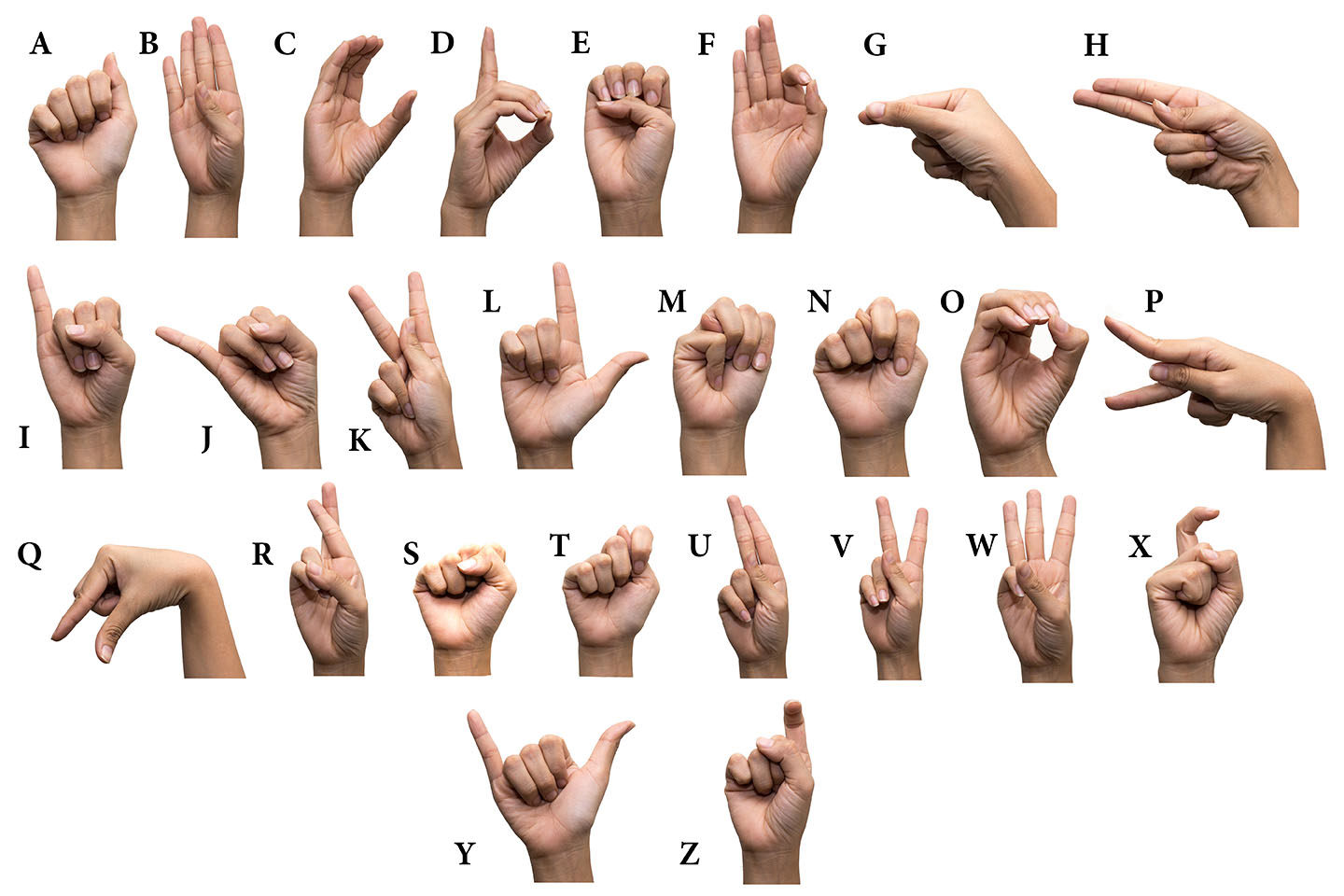
< Back
sign language
Definition
Sign language is a complete language that uses manual communication, which includes movements of the hands, arms, face, and body, to express meaning. It is a visual-spatial language that uses space, movement, and facial expressions to convey information.
Sign languages are not just a collection of gestures; they have their own grammar and syntax, just like spoken languages. This means that they can be used to express complex thoughts and ideas.
There are many different sign languages in the world, each with its own unique grammar and vocabulary.
Sign language is a valuable tool for deaf people and people who are hard of hearing. It allows them to communicate with the hearing world and to participate fully in society. It is also a beautiful and expressive language that can be used to communicate a wide range of emotions.
How can the word be used?
The teacher taught her students sign language.

Different forms of the word
Noun:
- a system of communication using manual signs and gestures, often accompanied by facial expressions and body language.
- a language that is used by people who are deaf or hard of hearing.
Adjective:
- relating to or involving sign language.
Etymology
The word "sign language" comes from the combination of the words "sign" and "language".
The word "sign" comes from the Old English word "sigin", which means "mark" or "signal".
The word "language" comes from the Latin word "lingua", which means "tongue".
The first recorded use of the word "sign language" in English was in the 17th century.
The word "sign language" is a compound word, and it is not related to any other languages.
Question
What is sign language?
AQA Science Exam Question and Answer
Question:
Explain the concept of sign language and its importance as a means of communication for individuals with hearing impairments, highlighting how it utilises gestures, facial expressions, and body movements.
Answer:
Sign language is a visual and gestural form of communication used by individuals with hearing impairments to convey meaning and exchange information. It plays a crucial role in facilitating effective communication for those who cannot rely on spoken language.
Sign language utilises a combination of handshapes, movements, facial expressions, and body postures to express words, ideas, and emotions. Each sign represents a specific concept or word, forming a unique visual vocabulary. Facial expressions and body language add nuance and context to the communication, enhancing understanding.
For individuals with hearing impairments, sign language offers a means to express themselves, engage with others, and access information. It provides a sense of inclusion and empowerment, enabling them to participate fully in conversations, education, and various social interactions.
Moreover, sign language underscores the richness and diversity of human communication. Just as spoken languages vary across cultures, different sign languages exist globally, each with its own syntax and grammar. This highlights the innate human capacity for language and the adaptability of communication systems.